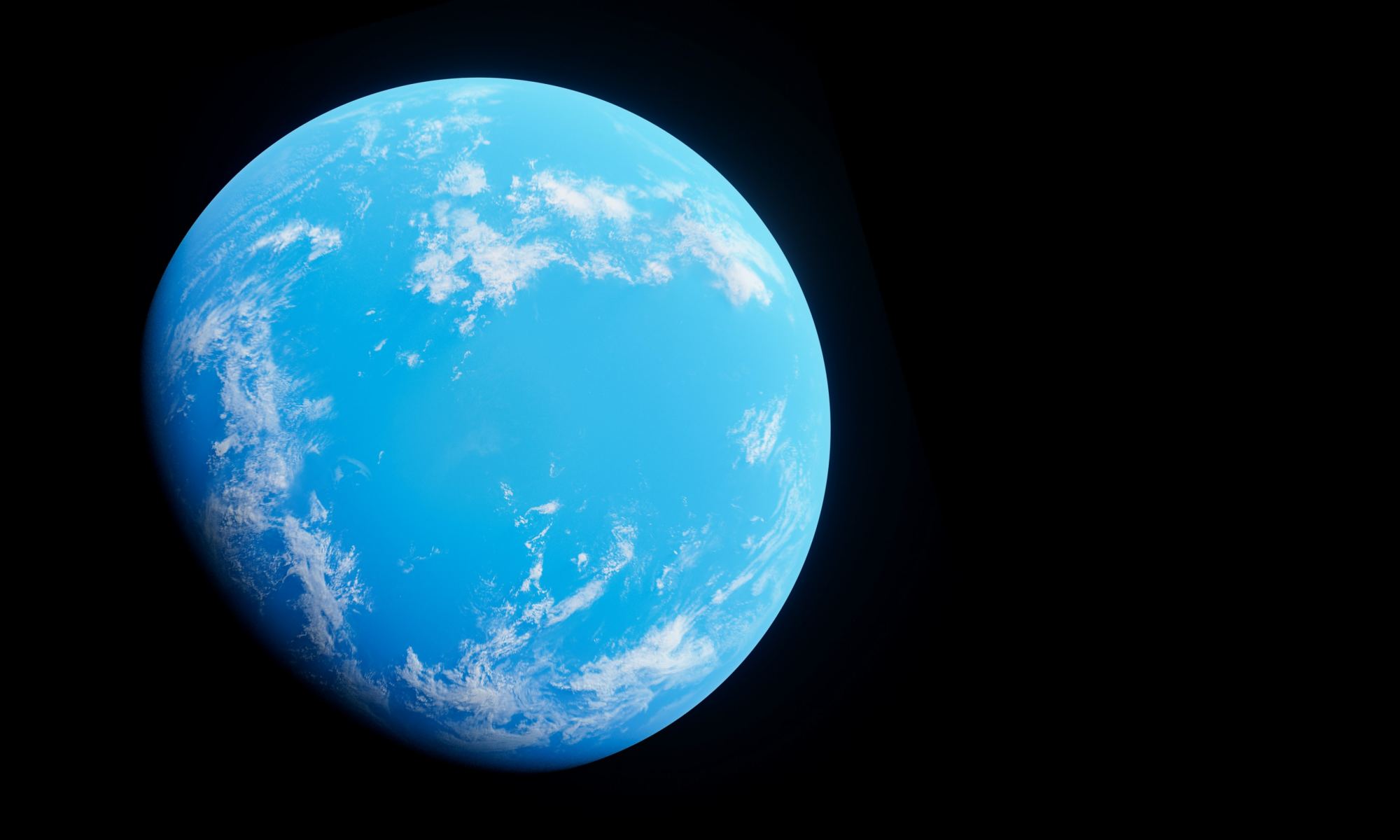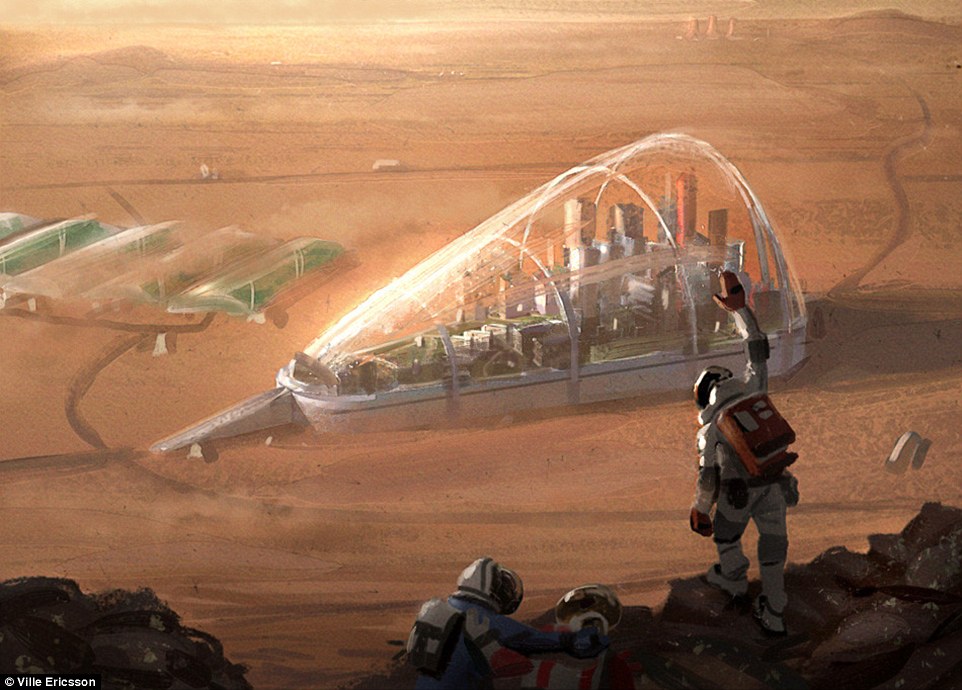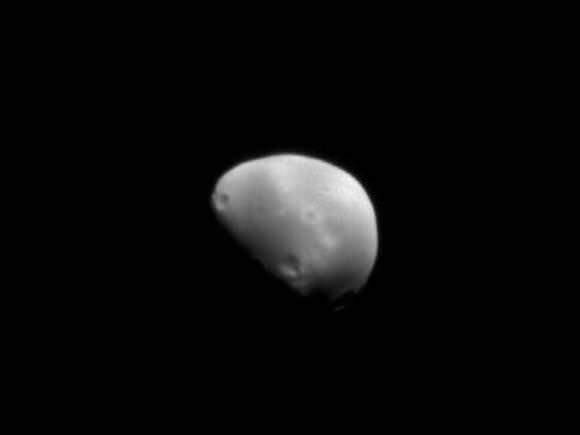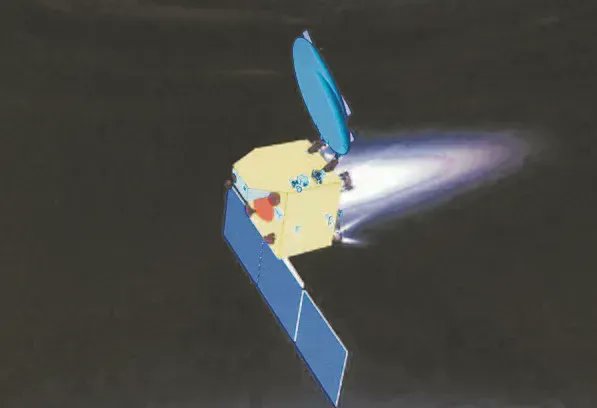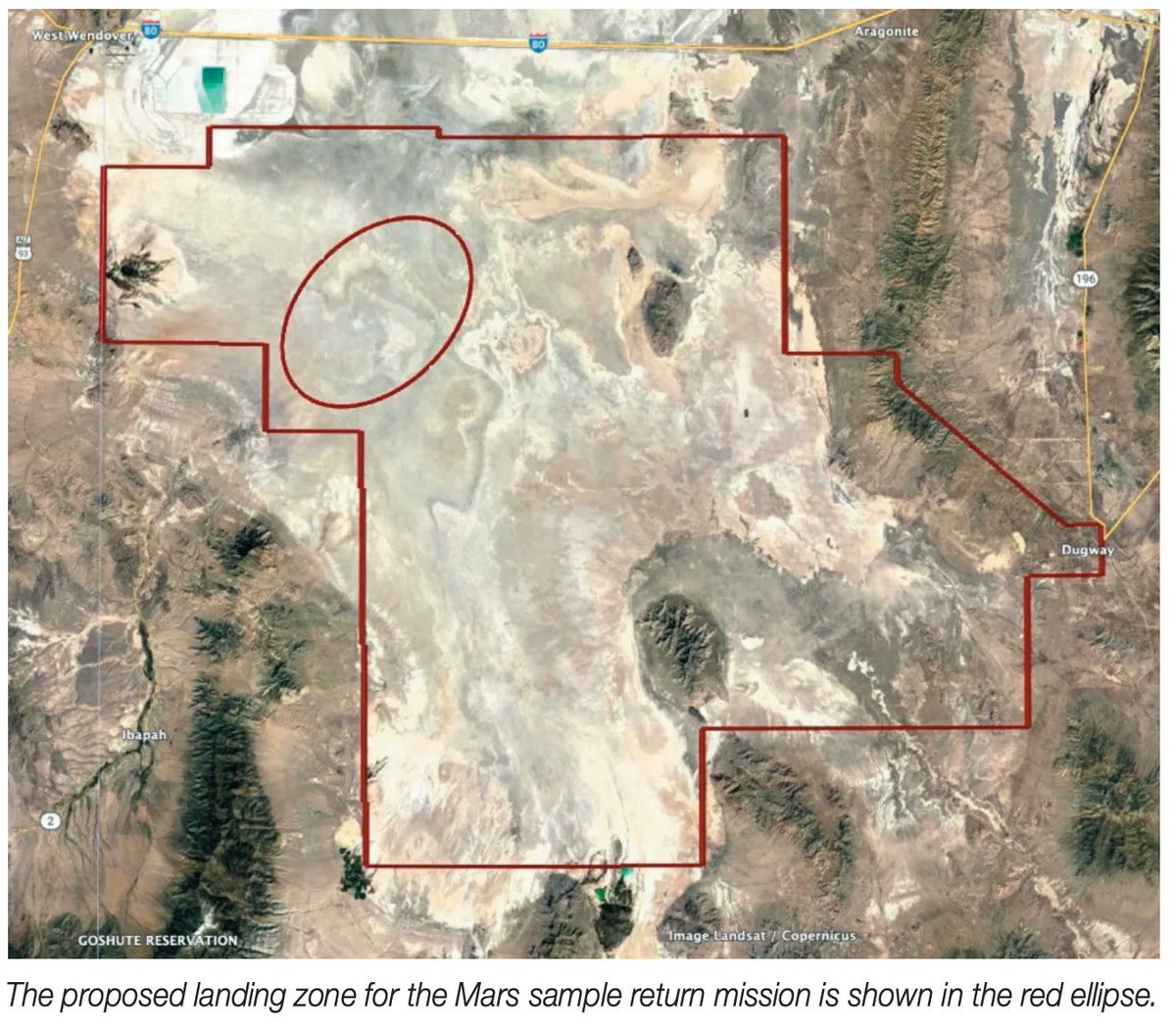Since the 1970s, the ongoing exploration of Mars has revealed that the planet has had a most interesting history. While conditions there are not hospitable to life today, scientists know Mars was once a much warmer, wetter place, with flowing water on its surface. According to new research led by the University of Arizona (UoA), Mars may have been a “pale blue dot” covered with oceans while Earth was still a ball of slowly-cooling molten rock. This discovery could allow for new research into a previously-overlooked period in Mars’ geological history and the formation and evolution of the Solar System.
Continue reading “Mars Could Have Been Warm and wet, While Earth was Still a Glowing Ball of Molten Rock”Early Life on Mars Might Have Wiped Out Life on Mars
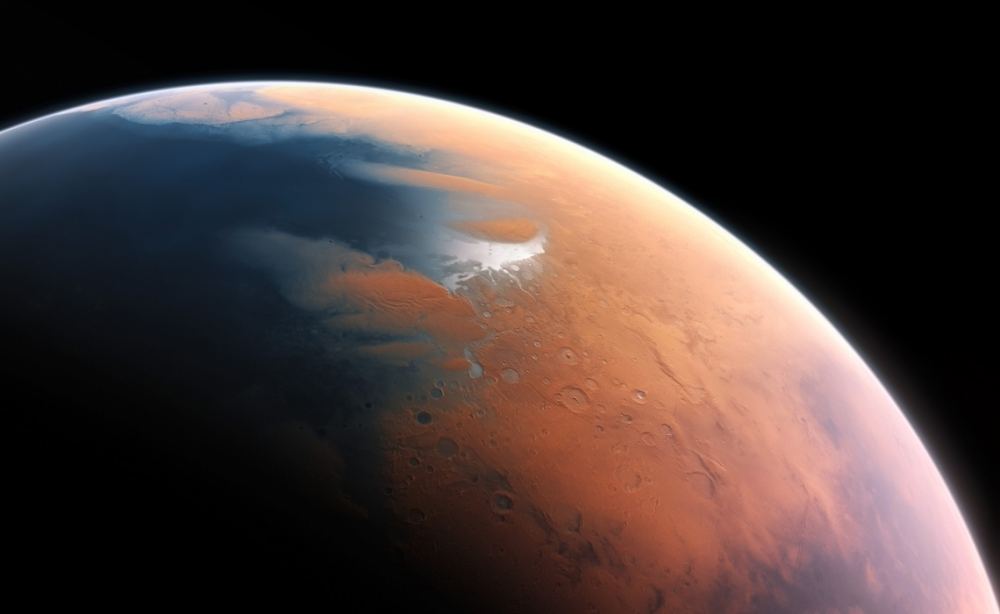
Life might have wiped itself out on early Mars. That’s not as absurd as it sounds; that’s sort of what happened on Earth.
But life on Earth evolved and persisted, while on Mars, it didn’t.
Continue reading “Early Life on Mars Might Have Wiped Out Life on Mars”Why NASA Is Trying to Crash Land on Mars
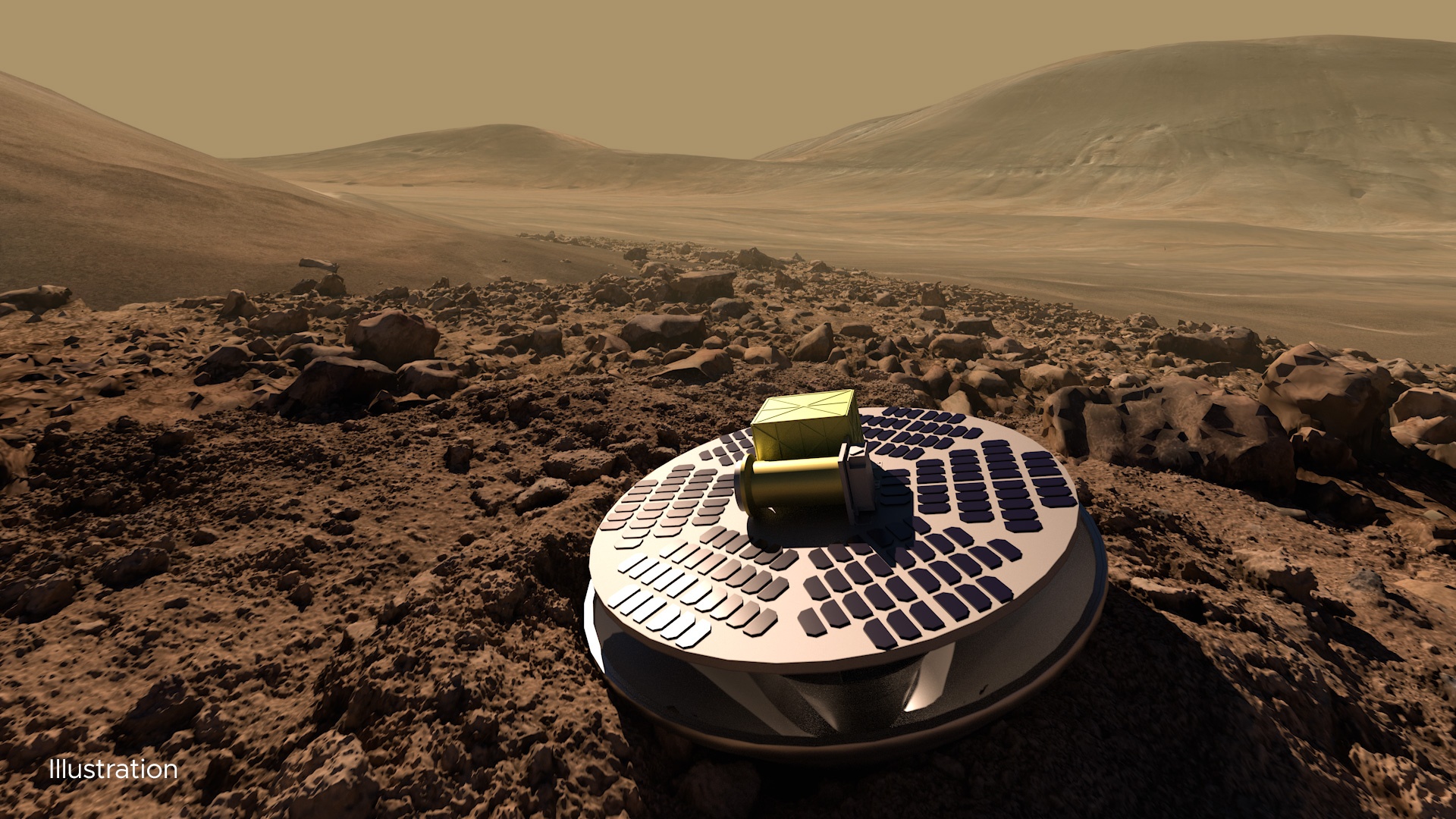
You know, sometimes the old ways are the best. At least, when it comes to landing on Mars and other planets, it’s worth looking at past successes—and failures. That’s the case with an idea that engineers at NASA Jet Propulsion Laboratory are testing: crashing spacecraft onto surfaces.
Continue reading “Why NASA Is Trying to Crash Land on Mars”Curiosity Arrives in a Salty Region of Mars. Was it Left Over From a Dying Sea?

The Curiosity rover has now reached its primary target on Mount Sharp on Mars, the mountain in the middle of Gale Crater the rover has been climbing since 2014. This target is not the summit, but a region over 600 meters (2,000 feet) up the mountain that planetary geologists have long anticipated reaching.
Known as the “sulfate-bearing unit,” the region is a boundary between the rocks that saw a lot of water in their history and those that didn’t; a possible shoreline, if you will. That boundary is already providing insights into Mars’ transition from a wet planet to dry, filling in a key gap in the understanding of the planet’s history.
Continue reading “Curiosity Arrives in a Salty Region of Mars. Was it Left Over From a Dying Sea?”What’s the Best Shielding to Protect Astronauts on Mars?
New research shows that the best way to protect future Martian astronauts from deadly solar radiation is as simple as can be. For good shielding, they just need to put as much stuff between them and the sky as possible.
Continue reading “What’s the Best Shielding to Protect Astronauts on Mars?”Mars Express Watched Deimos Pass in Front of Jupiter and its Moons
That’s no moon … wait … yes, it is, and more!
ESA’s Mars Express has captured an unusual and rare occultation, all from its vantage point in orbit of Mars. The spacecraft’s orbit brought it to the right place where it could witness the moment Mars’ small moon Deimos passed in front of Jupiter and its four largest moons. Scientists say that celestial alignments like these enable a more precise determination of the Martian moons’ orbits.
Continue reading “Mars Express Watched Deimos Pass in Front of Jupiter and its Moons”India’s Mars Orbiter Mission is Finally out of Fuel After 8 Years of Science Operations
Scientists and engineers seem to have difficulty coming up with estimated mission timelines for their space exploration projects. Most don’t even reach the first day after succumbing to one form or another of technical failure, sometimes resulting in a dramatic fireball. Others have missions that extend orders of magnitude longer than they were originally designed for. Such is the case for India’s first mission to the Red Planet, which finally seems to have run out of fuel eight years into its original six-month mission.
Continue reading “India’s Mars Orbiter Mission is Finally out of Fuel After 8 Years of Science Operations”Underground Liquid Water Detected on Mars? Maybe not
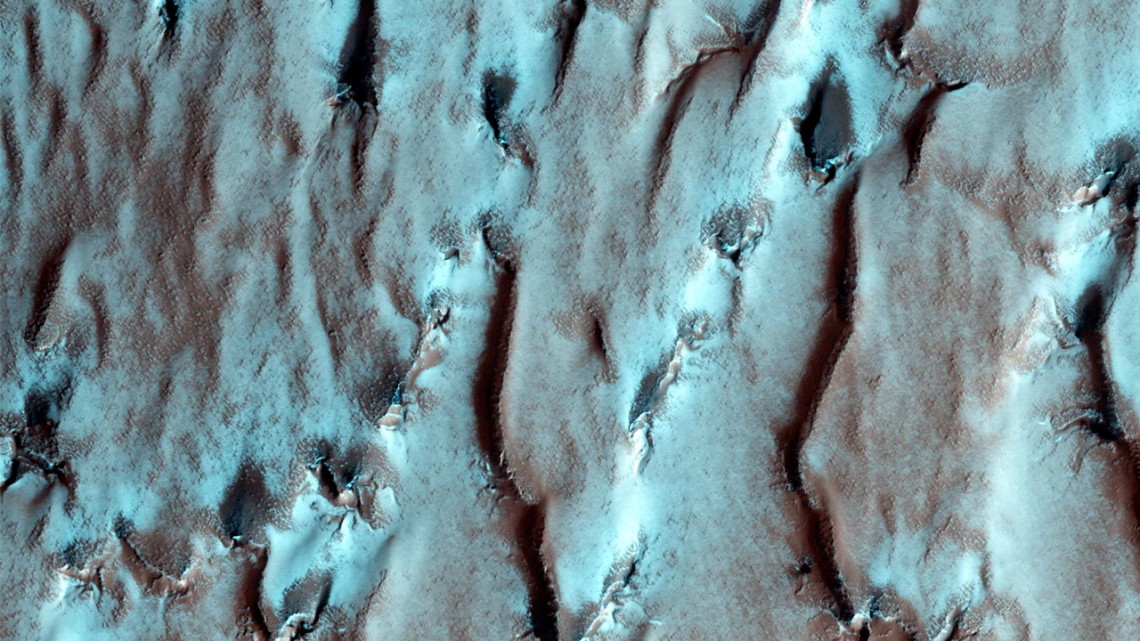
When planning crewed missions to Mars, the key phrase is “follow the water.” When astronauts set down on the Red Planet in the next decade, they will need access to water to meet their basic needs. Following the water is also crucial to our ongoing exploration of Mars and learning more about its past. While all of the water on the Martian surface exists as ice today (the majority locked away in the polar ice caps), it is now known that rivers, lakes, and an ocean covered much of the planet billions of years ago.
Determining where this water went is essential to learning how Mars underwent its historic transformation to become the dry and cold place it is today. Close to twenty years ago, the ESA’s Mars Express orbiter made a huge discovery when it detected what appeared to be a massive deposit of water ice beneath the southern polar region. However, recent findings by a team of researchers from Cornell University indicate that the radar reflections from the South Pole Layered Deposit (SPLD) may be the result of geological layering.
Continue reading “Underground Liquid Water Detected on Mars? Maybe not”A Small Piece of “Foreign Object Debris” Fell off Ingenuity’s Leg During its 33rd Flight
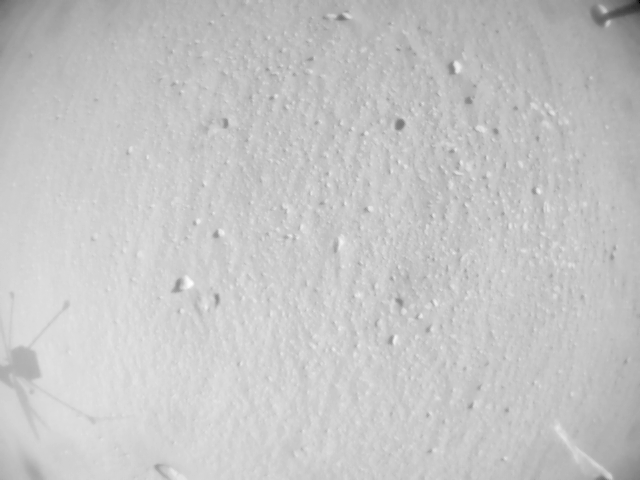
We hope this is just as inconsequential as having a piece of toilet paper stuck to your shoe, but images from the Ingenuity helicopter show it had a piece of debris fluttering from its leg during its most recent flight. A blog post from NASA said a small piece of foreign object debris (FOD) was seen in footage from the Mars helicopter’s navigation camera (Navcam) for a portion of its 33rd flight on September 24, 2022.
Continue reading “A Small Piece of “Foreign Object Debris” Fell off Ingenuity’s Leg During its 33rd Flight”How Does NASA Plan to Keep Samples From Mars Safe From Contamination (and Contaminating) Earth?
NASA’s Mars Sample Return Mission is inching closer and closer. The overall mission architecture just hit a new milestone when Perseverance collected the first sample that will be sent back. But what happens once that sample actually gets here? NASA and its partner, ESA, are still working on that, but recently they released a fact sheet that covers what will happen during the first stage of that process – returning to the ground.
Continue reading “How Does NASA Plan to Keep Samples From Mars Safe From Contamination (and Contaminating) Earth?”
